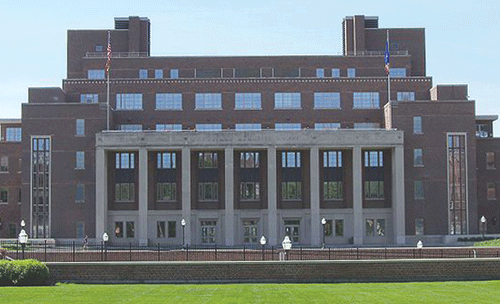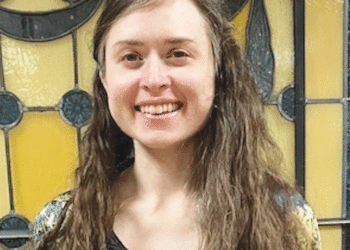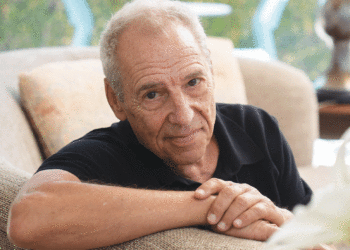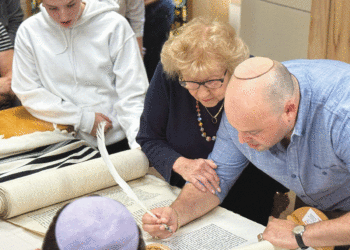By MAX SPARBER / Community News Editor
The latest in a long series of discussions regarding the honoring of people is going on just now. Nationally, it has most visibly taken the form of debate regarding Confederate monuments, many of which have seen been removed.
The most visible local example has been the renaming of Bde Maka Ska, formerly Lake Calhoun, then named for United States Secretary of War, John C. Calhoun, who had very little connection to Minneapolis but a significant history as a racist. The name was returned to its earlier name, bestowed by the Dakota.
Now a similar discussion is happening at the University of Minnesota. A large number of buildings on campus are named after honorees whose past behavior, including in an official capacity at the U, was unambiguously racist and anti-Semitic.

The discussion was generated internally and is the result of a 2017 library exhibit titled “A Campus Divided,” which American Jewish World editor Mordecai Specktor wrote about in in the Aug. 22, 2017 issue.
Specktor described some of the exhibit’s contents: “In 1936, President [Lotus] Coffman — for whom Coffman Memorial Union on the U of M East Bank campus is named — asked the university senate to track the number of ‘Negroes’ and Jews attending the university. A document in the exhibit notes an increase for both groups, from 1935 to 1936. Further, the document notes that the student body included ‘approx. 125 jews from N.Y. City in Fall of 1936.’ A note in the exhibit appended to this document explains: ‘The association of New York Jews with radicalism was a prevalent antisemitic stereotype.'”
The honorees named in the exhibit who currently have buildings named after them include Coffman, after whom, as mentioned, the student union was named. Among his other offenses, Coffman unofficially barred black students from the Pioneer Hall dormitory.
Relatedly, there is Middlebrook Hall, named for Vice President for Business Administration William Middlebrook, who was the primary architect of the campus’ segregated housing, not just in the Pioneer Hall dorm, but campus wide.
The campus’ Coffey Hall is named after agriculture dean Walter Coffey, who likewise attempted to prevent black students from having access to the Pioneer Hall dorm. Nicholson Hall is named for former dean of student affairs Edward Nicholson, who, the exhibit revealed, actually spied on both staff and students at the university for the Republican Party, and identified a large number of Jewish students as Communist, passing along those named to the FBI.
Nicholson also wielded substantial power elsewhere, as the exhibit pointed out: “Dean Nicholson controlled what information students could circulate about political activities, who could serve in student government, and influenced the leadership of the Minnesota Daily in order to keep left-wing ideas and activists off campus.”
As it happens, the University’s Center for Jewish Studies is currently housed in Nicholson Hall.
The University organized a task force to examine the question of renaming these buildings. At the end of February, the task force responded with a 125-page report that offered a single clear point: “Removing names in these instances helps reveal — not conceal — history,” the report concluded.
Interestingly, one of the strongest cases the report makes is that even by the standards of the era they were in, the honorees — especially Nicholson — were engaged in behavior that a significant percentage of the population would take issue with, and so their actions cannot simply be dismissed as being products of their time.
Riv-Ellen Prell, emerita professor for American studies at the University of Minnesota, and co-curator of the exhibition, elaborated on that in an opinion piece in the Star-Tribune on March 4, pointing out other University faculty members of the era who pushed back against the honorees policies. “Which of these men reflected the values of his time? Why were all of their legacies homogenized? Why not recognize those people who were on ‘the right side of history,’ rather than those who created terrible injustices that were recognized then as now? How should we honor those who struggled for justice and whom the university has not recognized?” Prell wrote.
University of Minnesota President Eric Kaler publicly supported renaming the buildings in response to the report. Kaler will present the report and his support for it at the Board of Regents meeting on March 8, and a final decision is expected before July.
(American Jewish World, March 2019)



















